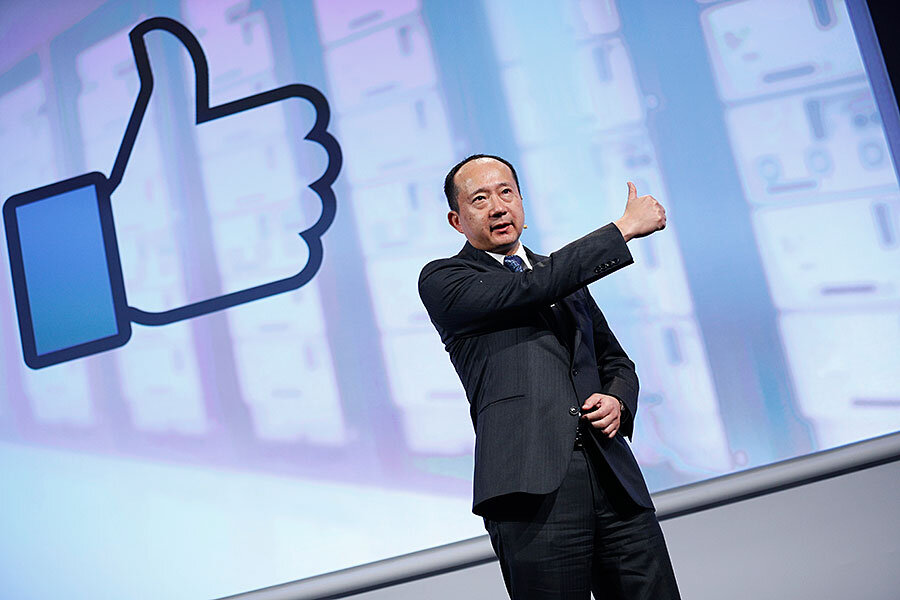Is 'like' too simple? Facebook moves toward a range of 'Reactions'
Loading...
It’s official: Facebook is obliterating its iconic "like" button, replacing it instead with a series of emotional offerings.
There has been much speculation in recent months about the possibility of a "dislike" button being added, but it turns out Facebook researchers plumbed for something a little more complex.
They have expanded the range of Facebook-endorsed emotions from one to seven and are calling them "Reactions." Originally the Reactions included "love," "haha," "yay," "wow," "sad," and "angry," as well as the original "like."
Except "yay" got the chop.
“We are currently testing Reactions in Chile, the Philippines, Portugal, Ireland, Spain, Japan, and Colombia. We have received positive feedback so far, and hope to roll this out more broadly soon,” says a Facebook spokesperson in an email interview with The Christian Science Monitor.
When pressed further, with questions such as why "yay" took a tumble and what other emotions may have been under consideration, the spokesperson declined to comment.
So, why were these countries picked for testing, why did "yay" lose its place, why is all this even happening?
And does it matter?
"Yay" missed out because, during initial testing, “it was not universally understood,” according to Bloomberg, which wrote an in-depth analysis of the situation Wednesday.
Spain and Ireland were the original trial zones, with Facebook’s Director of Product Adam Mosseri explaining that both countries have relatively national user pools without extensive international networks, making them ideal closed test groups. Spain would additionally provide a non-English speaking population.
As for the reasoning behind the change, it all stems from a burgeoning clamor for a "dislike" button, which some Facebook users having been hankering for ever since the 2009 introduction of the original thumbs-up.
“People have asked about the 'dislike' button for many years,” said Facebook’s founder Mark Zuckerberg last September, according to the BBC. "Probably hundreds of people have asked about this, and today is a special day because today is the day that I actually get to say we are working on it, and are very close to shipping a test of it."
At the time, there was concern that any kind of a thumbs-down option could sour the online environment, as well as intensify the problem of cyberbullying.
In seeking to clarify the motivation for introducing anything other than the traditional ‘like’, Mr. Zuckerberg said, “What [users] really want is the ability to express empathy. Not every moment is a good moment.”
And then, a month later, the seven proposed emoticons were revealed, ready to be shipped out to Ireland and Spain for testing.
But is there anything else behind Facebook’s latest move, beyond the desire to simply serve its users?
Facebook already has a deep relationship with advertisers, offering them access to users’ browsing habits, not just confined to the Facebook platform, but as they navigate to other sites, as well.
This new system, of refining your online reactions, “will also enable Facebook and its advertisers to figure out how their campaigns, products and profiles really make you feel, and therefore target you better,” as The Telegraph’s technology editor Madhumita Murgia said in October.
Indeed, boasting a population bigger than any country on Earth, Facebook is “the world’s biggest laboratory of natural human behaviour.”
Facebook makes no secret of its ambitions, stating in a press release: “We see this as an opportunity for businesses and publishers to better understand how people are responding to their content on Facebook.”
So, when can you expect to express yourself more fully, if you find yourself living somewhere other than one of the trial countries?
According to Facebook, it will be sometime “in the next few weeks.”





